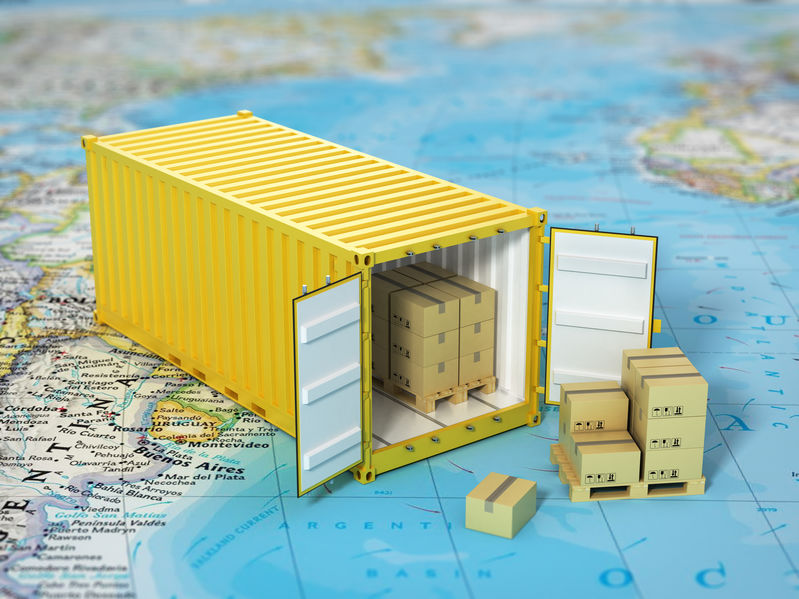Application Exercise 8t: No globalisation without the shipping container

- Explain why the interviewees in this story say that, without containerisation, the globalisation of international trade could not have accelerated as it
- The variety of goods that could be shipped increased enormously – meaning more fresh produce and more fragile items could be shipped easily and cheaply (e.g. refrigerated and freezer containers, and larger tanker containers for liquids).
- Larger volumes could be easily packed into the containers and transport more easily
- The speed with which transportation could take place accelerated rapidly, reducing cost of transport
- Reduced damage to goods that are being shipped
- Explain two ways in which containerisation has reduced the cost of transport, and therefore In your answer, refer to how it has affected the use of the labour and capital inputs to the production process.
- Shipping containers are standard sizes so that all container ships, trains and trucks are designed to carry the same-sized boxes, speeding up transport and reducing complexity, improving productivity and reducing costs.
- The loading and unloading of ships carrying freight has accelerated exponentially.
- The use of containers has meant much of the loading and unloading can be done using automation (cranes largely computer operated) rather than labour (with capital being much cheaper compared to labour over time.)
- Explain how the example of the Chinese workers filleting Scottish cod, to be exported back to the Scottish market is an example of how both changes in technology and the international division of labour have accelerated global integration of the production
The improvement in technology facilitated the story, because the fish could be shipped very cheaply and rapidly from Scotland to China and returned to Scotland through the use of refrigerated containerization. In addition, the much lower cost of labour in China compared to Scotland has also made this process financially viable through the producers making use of lower costs of labour in China via the global division of labour.
- Identify 10 things you have ever bought that would have travelled to Australia in a shipping
Boots | Computer | Flowers |
Jacket | Textbook | Pens |
iPhone | Handbag | Cutlery and crockery |
Pots for pot plants | Refrigerator | TV |
- Calculate the estimated contribution of the cost of transport to the price of a pair of sneakers (in percentage terms) included in the Does this figure surprise you? Explain why or why not.
The transportation cost made up 0.17% of the purchase price of the sneakers.
- Use the figure from Question 5 to calculate the contribution of transport costs to the price of three of the items you purchased that you listed in Question
Boots – bought for $280 therefore transport was 48c
Computer – bought for $1700 therefore transport was $2.90
Refrigerator – bought for $550 therefore transport was 93c
